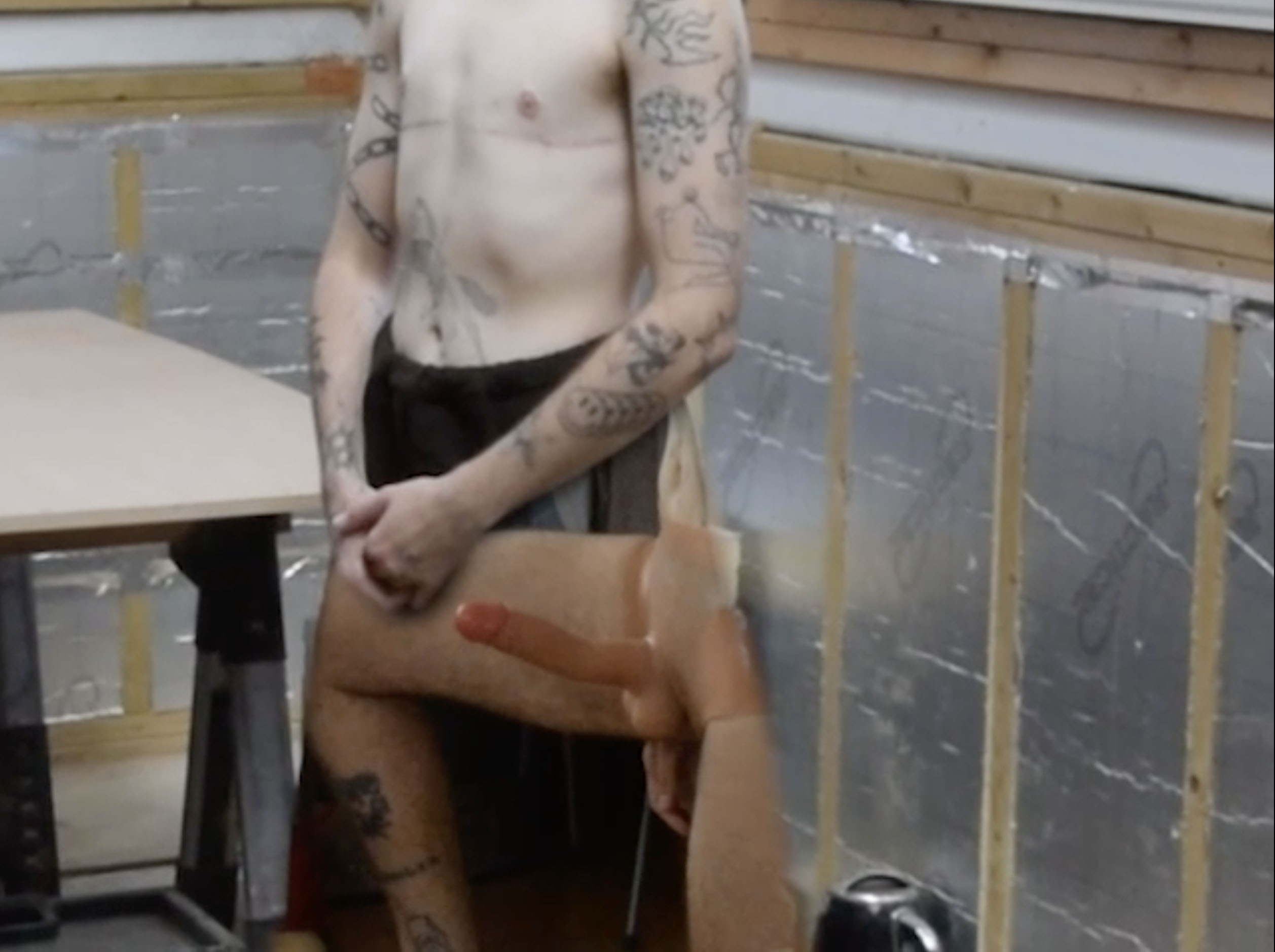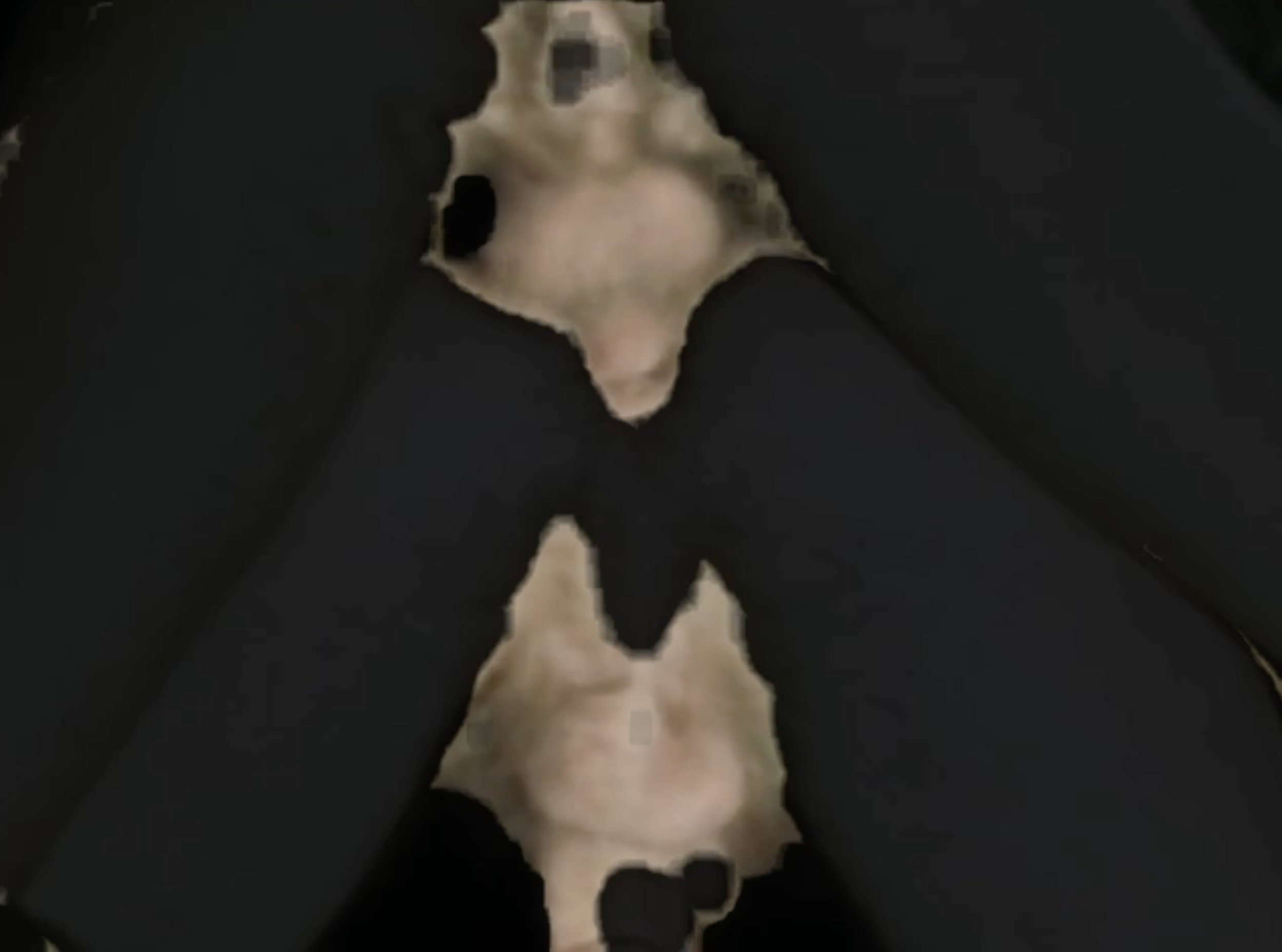




HOMME-SICK, Digital Video With Archival Footage, 14:03, 2024
“Homme-Sick” is a short, experimental film in which time itself becomes unhinged and deconstructed; the past and present merge together to create a new kind of temporality that is not predicated upon ridgid, linear, and formalistic impulses within narrative filmmaking. Made up almost entirely of archival footage - both found and from the artist’s own family archive - this film questions the relationships between toxic masculinity, family, the home, and transness, thus creating precarious spaces in which the voyeuristic impulses of the viewer are toyed with. The utilisation of the artist’s own memories and experiences of girlhood and boyhood, as seen through a queer lens, becomes a tool to expand the possibilities of archiving trans bodies. The epistemology for the word archive comes from arkheion, meaning house. Historically and traditionally speaking, the archive can be seen as upholding these virtues of the house, and thus of property, ownership, power, categorisation, and of the linearity of time and space. Our archive of what is remembered is simply a reflection of an economy of memory and a culture of amnesia. With no regard to chronology and completely lacking in any form or resolution, “Homme-Sick,” then, attempts to queer the entire notion of the archive, and ultimately of genre itself. Through the aesthetics of pluralism and heterogeneity, space; whether it be domestic, public, conceptual, or online, is constantly interrogated, resulting in a “collective temporal distortion,” as said by José Esteban Muñoz in Cruising Utopia: The Then and There of Queer Futurity. This act of queering the archive does not only imply creating new archives full of lost and negated queer histories, it also implies a complete upheaval of how we view, interpret, and attempt to make sense of dominant suppositions of past and future temporalities.
